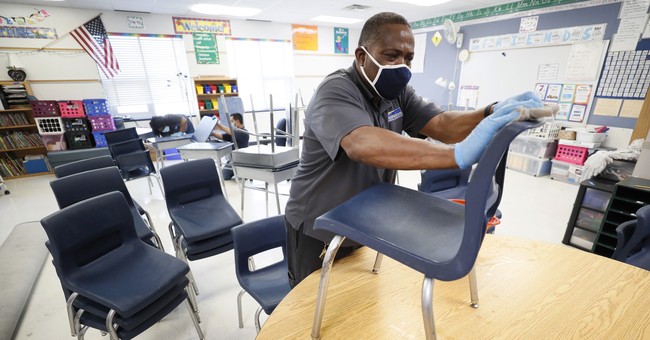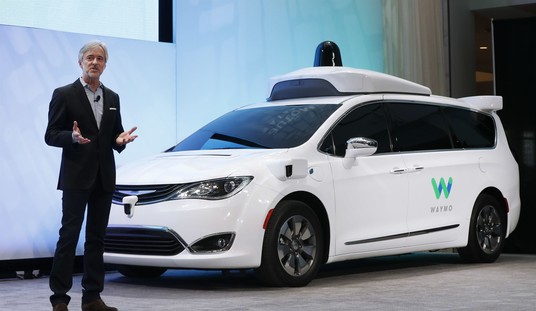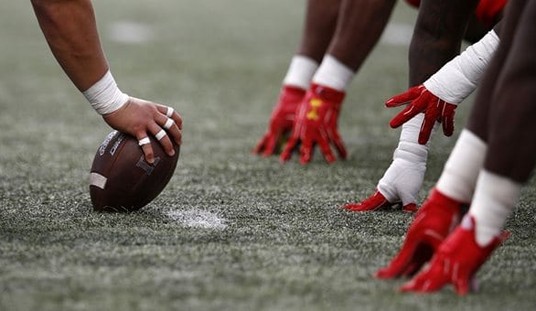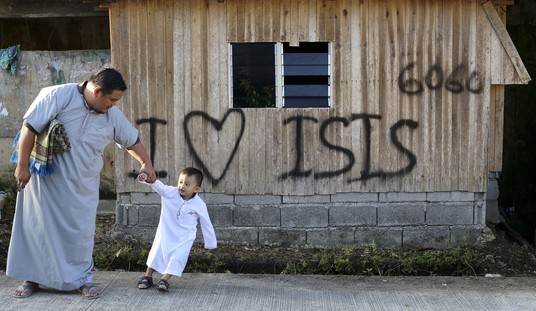
Teachers and students got out of school two months early, ostensibly to have students work remotely and finish out their year, but realistically for an extended summer break. Many American students struggled to get motivated to do any work, while others simply had no access to the online tools to do them. The equity gap alone was enough to make virtual learning a disaster, but the fact is that the country was in chaos and there was simply no getting students to take the work seriously.
It also didn’t help that you had multiple districts across the country saying “Well, make them do work, but you can’t grade it. It’s not fair.”
I have found over the last several years that students are, in fact, eager to learn. They want to succeed. Many of them like to play it cool, but deep down there is a level of success they want to achieve. When you strip every bit of the teenage ego away, you find a child who still has dreams and ambitions that require education from which to build.
What is seriously concerning to me is that there are so many teachers out there who see the numbers and the headlines and have firmly decided that they do not want to return to their classrooms in the fall, and they do not want to do the work necessary to lead students to success.
On the face of it, I totally get it. This is new. It’s hard. It’s scary. It’s something we haven’t dealt with before and it’s something we have no experience with. The last crisis like this was in 1918, and the only people who are around today who might have experienced that were definitely not teachers back then. This is new, and it induces a lot of anxiety — even in me.
But our job as teachers is to prepare students for adulthood. We are supposed to not only be instructors but role models. We want them to succeed not just in content areas but in life. We as teachers, then, do have an obligation to provide the very best education to our students that we can, and to as many of our students as possible.
It infuriates me that many teachers in one breath will talk about their kids being home too much and with the next breath demand that school buildings stay closed. They want to teach virtually, but at the same time many of them will resist and resent having to be trained to do so.
The actual data that we are seeing on COVID-19, though, does not match the hysteria the likes of which you see in op-eds like this one at the New York Times.
It isn’t fair to ask teachers to buy school supplies; we aren’t the government. But we do it anyway. It isn’t fair to ask us to stop a bullet; we aren’t soldiers. But we go to work every day knowing that if there’s a school shooting, we’ll die protecting our students.
But this is where I draw the line: It isn’t fair to ask me to be part of a massive, unnecessary science experiment. I am not a human research subject. I will not do it.
What bothers me here is that there are multiple people in multiple career fields whose jobs are often deemed “less important” than teaching, but who have been out there interacting with people safely, doing the work they have been hired to do. People who work in supermarkets, stores, restaurants, and tons of other businesses have made the decision to work, and do so using precautions to stay safe and healthy. The vast majority of these businesses are not the cause of the spikes we see around the country. They were open despite the spread, and they are still open because they have taken the measures necessary.
We should be returning to our schools, where we will be interacting with far fewer potential COVID-19 patients than others in the workforce. More importantly, though, it’s in the best interest of our students.
There is no reason not to let students in pre-kindergarten through fifth grade attend school daily. There are virtually no cases among that age group and multiple studies have shown that children in that age range simply cannot pass the infection along even if they did get it. Iceland, France, and several other nations have seen no signs of transmission from children to adults. The places that have seen it see it so rarely that it’s a statistical anomaly.
Countries like Thailand have re-opened their schools, following strict health guidelines that Americans should be adopting with gusto. Thailand has gotten its act together and the virus has been largely stamped out due to the measures they took.
You know what is not healthy for our students, though? The social and emotional isolation that goes into being kept away from schools. All humans need to be engaged on a social and emotional level, but in the developmental years of our lives — when we’re in school — it is so important that they make these human connections and learn how to properly interact with the people around them. They need to have these connections in their daily lives and cannot survive on screen time with their peers alone.
I want to return to my classroom. I want to teach my students, virus be damned. I want to ensure that they not only get the best education I can provide them, but also make sure that they are growing in the ways they need to be. That is not something we can ensure in a virtual environment, and there is plenty of evidence out there to suggest that they literally may not survive without the social interactions they get at school.
Whether it’s full face-to-face learning with every student present or a hybrid model where I will see students every other day, I am fully on board with returning to my school and helping them succeed. That should be the goal of every teacher, and there is no reason to keep us from doing that in person.













Join the conversation as a VIP Member